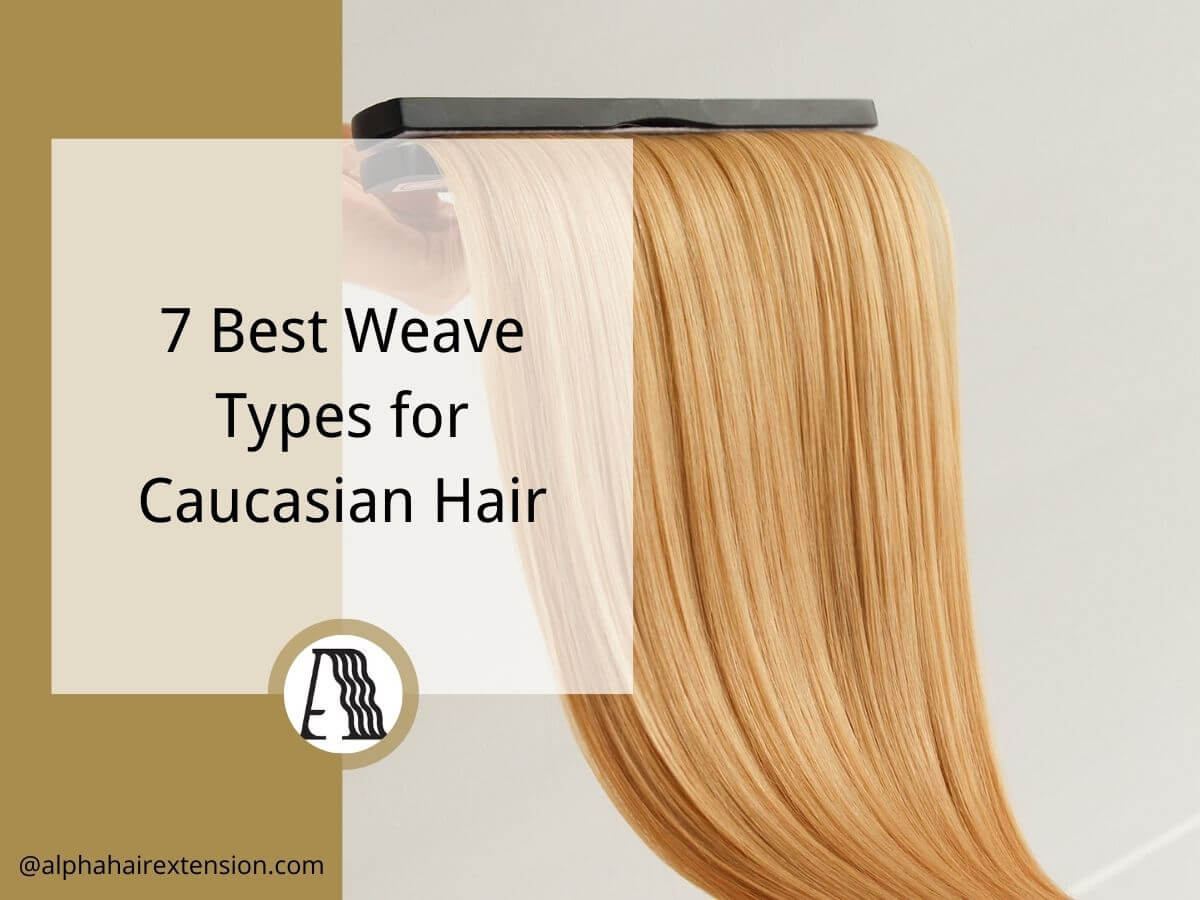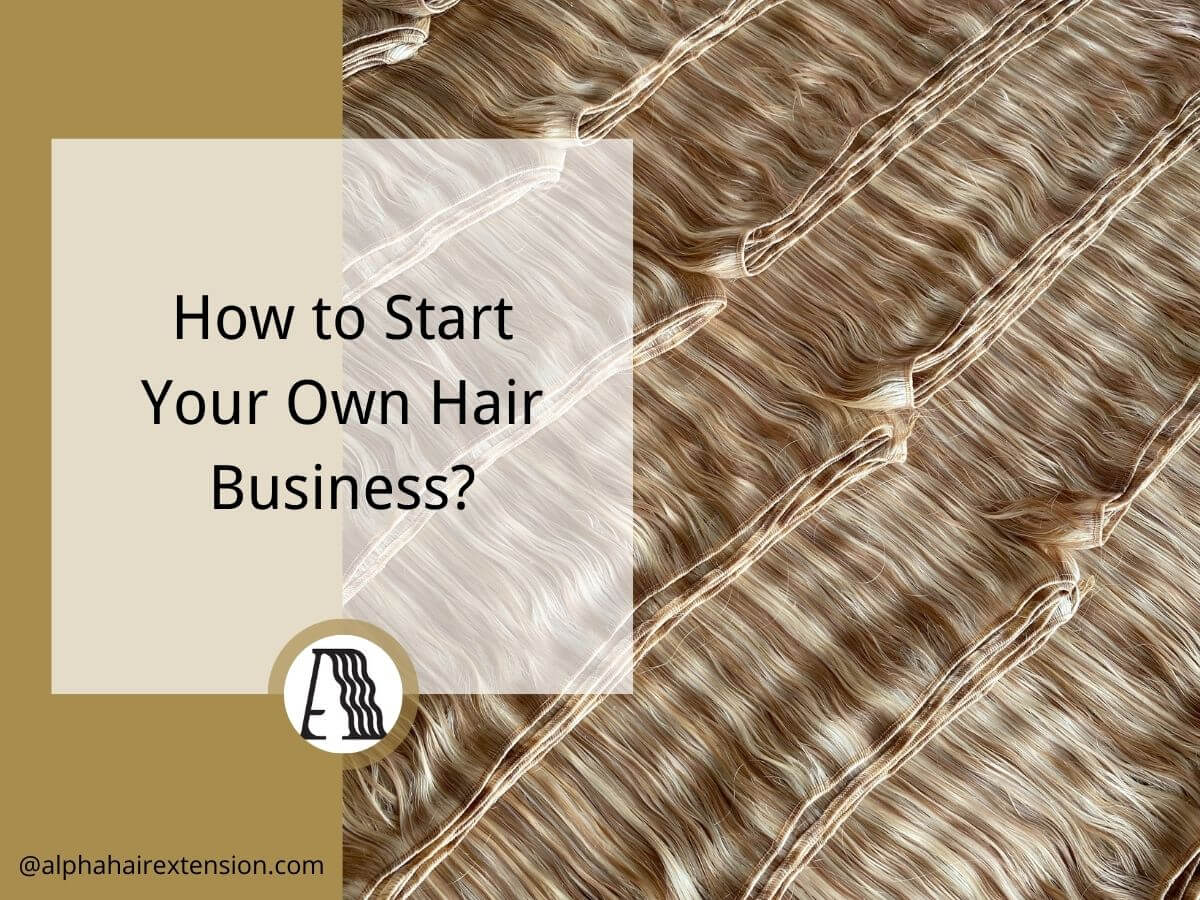I remember the first time a client asked me about sustainable hair extensions. I had no idea how to answer. Were there even eco-friendly options? That question sent me down a rabbit hole of research, and what I found changed the way I viewed the industry.
Sustainability is no longer just a trend—it’s a demand. As businesses, we can’t afford to ignore it.
After working with manufacturers and suppliers for years, I’ve seen firsthand how the market is shifting. This article isn’t based on opinions; it’s backed by real industry changes you need to know.
We’ll break down the latest sustainability trends, the materials being used, and what businesses must consider moving forward. If you’re looking for facts—not fluff—this review will give you clarity.
Let’s dive in!
1. Ethically Sourced Human Hair
Let’s talk about the elephant in the room: Where does human hair for extensions actually come from? I used to think it was as simple as collecting donations. But the reality is more complicated. Hair collection has long been an unregulated market, with some sources being completely ethical while others raise serious concerns.
Fair Compensation Matters
Many hair donors, especially in developing countries, have historically been underpaid or even unaware that their hair was being sold for profit. Some women have had their hair taken from them under false pretenses or for far less than its worth. Ethical sourcing ensures they are compensated fairly, which not only benefits them financially but also creates a more sustainable and responsible supply chain.
When hair donors are treated with respect and given a fair price, they are more likely to continue selling their hair willingly, ensuring a stable and honest supply.
Transparency Builds Trust
Knowing where and how hair is collected is essential in preventing unethical practices. I’ve spoken with manufacturers who have made it their mission to source hair from verified suppliers who offer full traceability. Some companies even provide certification for ethically sourced hair, allowing businesses like ours to give our customers peace of mind.
Clients are becoming more informed, and if they ask where your hair comes from, you need to have a solid answer.
Sustainable Partnerships Create Impact
Some suppliers work directly with communities, ensuring that a portion of profits is reinvested into education, healthcare, or social programs. I’ve seen some brands partner with rural villages, providing job opportunities and even funding local schools. These kinds of long-term partnerships don’t just benefit hair donors; they create lasting economic opportunities in regions that need them the most.
Ethical sourcing isn’t just about doing the right thing—it’s about creating a sustainable, long-term business model that benefits everyone involved.
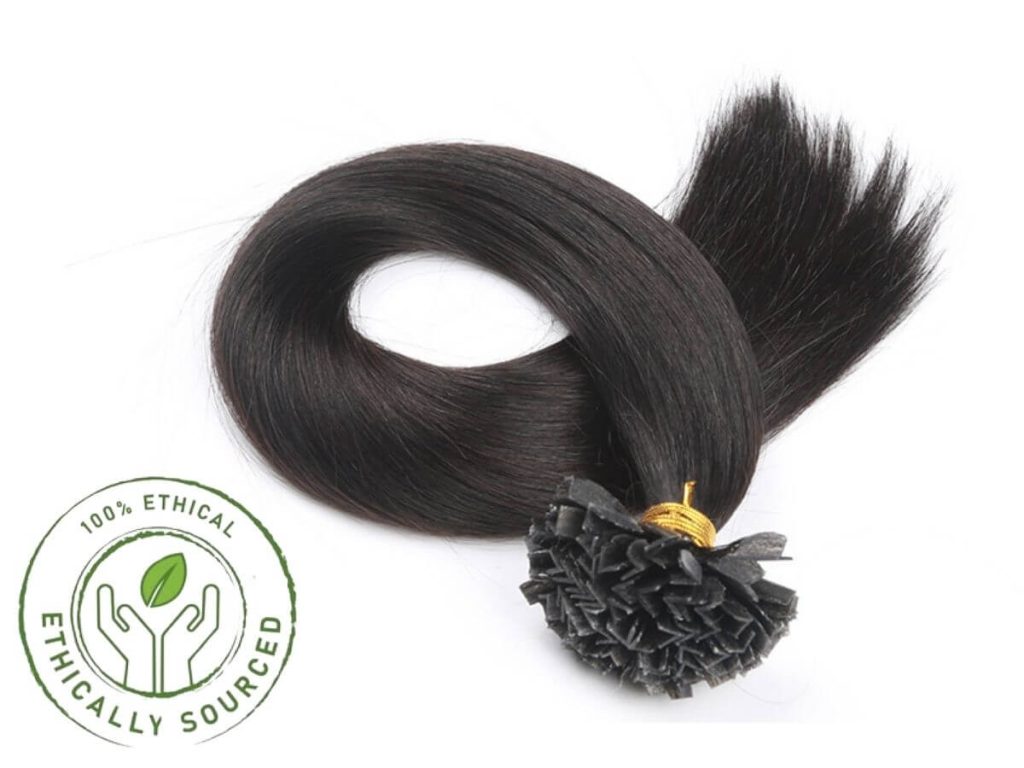
2. Eco-Friendly Hair Processing
After looking into ethical sourcing, I started wondering: What happens to the hair after it’s collected? The truth is, traditional hair processing methods can be harsh. Chemical-laden treatments are common, stripping hair of natural qualities before it’s coated with silicone for a glossy finish. The problem? Those chemicals aren’t just bad for the environment—they also affect hair quality in the long run.
Sustainable Alternatives Are on the Rise
- Enzyme-Based Treatments Reduce Waste: Instead of using harsh acids to strip hair cuticles, some manufacturers now use natural enzyme-based treatments. These are gentler on the hair, preserving its integrity while reducing toxic waste in the environment.
- Water Conservation is Essential: Traditional hair processing uses an excessive amount of water, often leading to chemical runoff in nearby water sources. Sustainable manufacturers are implementing closed-loop systems that filter and reuse water, significantly cutting down on waste.
- Plant-Based Conditioners Make a Difference: Instead of silicone and synthetic coatings, some companies are turning to plant-based ingredients like aloe vera and coconut oil. These not only improve hair quality but also reduce reliance on harmful chemicals.
Businesses that align with these greener practices will be the ones to thrive. The industry is shifting, and companies that don’t evolve will struggle to compete.
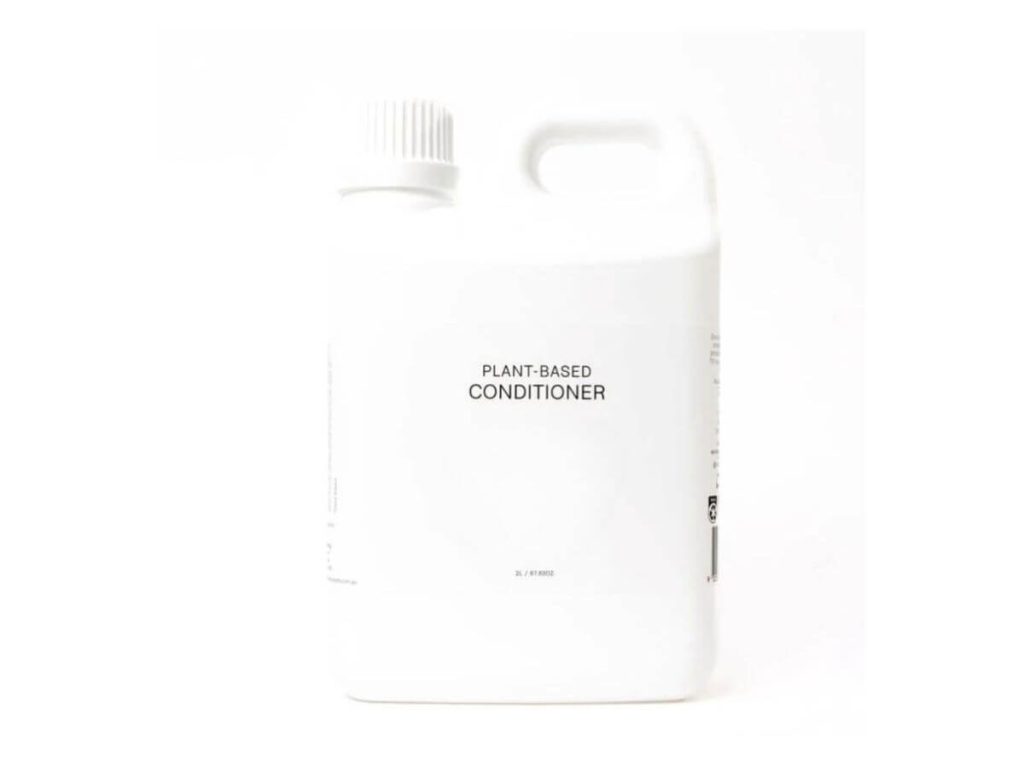
3. Recycled and Upcycled Hair Extensions
This one caught me by surprise. I never thought about recycling hair extensions until I saw brands starting to promote it. The idea is simple: Used hair extensions, instead of being thrown away, are refurbished, cleaned, and treated for reuse.
Why Recycling Hair Extensions Matters
- Waste Reduction is Key: Hair extensions, like any beauty product, have a lifespan. But instead of tossing them in the trash, recycling initiatives ensure they get a second life, significantly reducing landfill waste.
- Cost Savings for Businesses and Clients: Offering take-back programs where customers return old extensions in exchange for a discount incentivizes recycling and helps businesses cut costs on new materials.
- New Revenue Streams Create Opportunity: Some companies are finding creative ways to upcycle hair, using it for medical wigs, beauty training kits, or even environmental clean-up products like oil spill absorption mats.
These initiatives not only reduce waste but also open up new business opportunities. That’s sustainability with a smart business edge.
4. Biodegradable and Plant-Based Synthetic Hair
The biggest challenge with synthetic hair? It’s plastic-based and takes decades to break down. That’s why biodegradable and plant-based synthetic hair is such a game changer.
Innovative Materials Are Leading the Way
- Corn-Based Fibers Decompose Naturally: Some companies have developed synthetic hair made from corn-based polymers, which decompose naturally over time without leaving harmful microplastics behind.
- Bamboo-Derived Strands Offer Durability: Bamboo is not only a renewable resource but also naturally antibacterial. Hair fibers derived from bamboo are lightweight, breathable, and decompose much faster than traditional synthetic alternatives.
- Algae-Based Polymers Are a Breakthrough: A breakthrough in sustainable hair manufacturing, algae-derived fibers mimic the texture and durability of synthetic hair while being 100% biodegradable. This innovation has the potential to reshape the industry.
I used to think synthetic hair was an eco-nightmare, but after seeing the innovation happening in this space, I’m starting to change my mind.
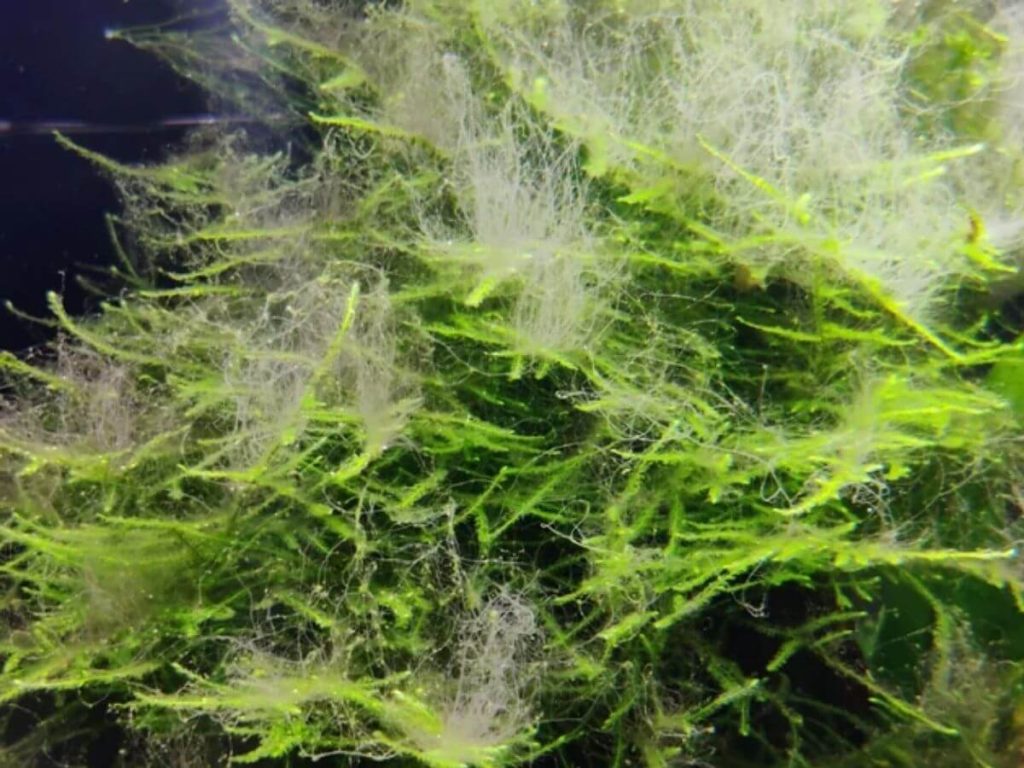
5. Sustainable Packaging Solutions
Here’s something I never paid much attention to before: the packaging. It seems small, but when you add up the number of plastic bags, hangers, and boxes used in the hair industry, the waste is staggering. It wasn’t until I saw firsthand how much plastic was being discarded after each shipment that I started questioning whether there were better options.
Biodegradable Bags Reduce Plastic Use
Some brands now use packaging made from cornstarch-based materials that decompose naturally, reducing plastic pollution. I’ve tested these bags myself, and they hold up just as well as plastic but break down much faster after disposal. It’s a small switch that makes a huge impact.
Recycled Paper Boxes are the New Standard
By switching to 100% recycled paper for packaging, businesses can significantly cut down on deforestation and carbon emissions. I remember speaking with a supplier who explained how recycled paper boxes are not only better for the planet but also cost-effective in bulk—making it a win for both sustainability and business.
Reusable Fabric Pouches Add Value
Instead of single-use plastic, some companies are introducing satin or cotton pouches that can be repurposed, adding value for customers while cutting waste. I personally love this option because it turns packaging into something useful rather than something that immediately ends up in the trash.
Some brands even encourage customers to reuse these pouches for storing their extensions, making it both a practical and eco-friendly solution.
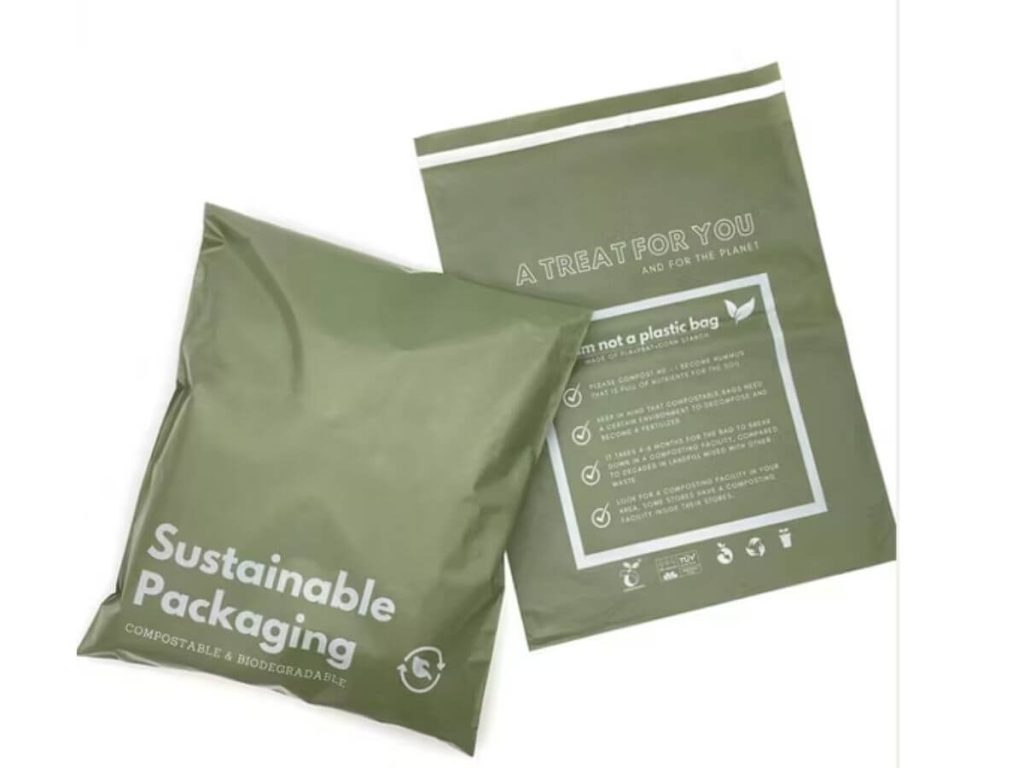
6. Hair Extension Recycling Programs
This one is still in its early stages, but it’s promising. Some companies are launching hair extension recycling programs where salons and individuals can send in old extensions to be properly disposed of or repurposed.
How These Programs Work
- Collection: Consumers and salons return used extensions through designated drop-off points or mail-in programs.
- Processing: Hair is either deep cleaned and refurbished for reuse or repurposed for other applications like wig-making or environmental products.
- Reintegration: Some hair is transformed into new products or used in eco-friendly projects like composting or erosion control.
I personally love the idea of making hair extensions a circular product rather than a disposable one. It’s the kind of long-term thinking the industry needs.
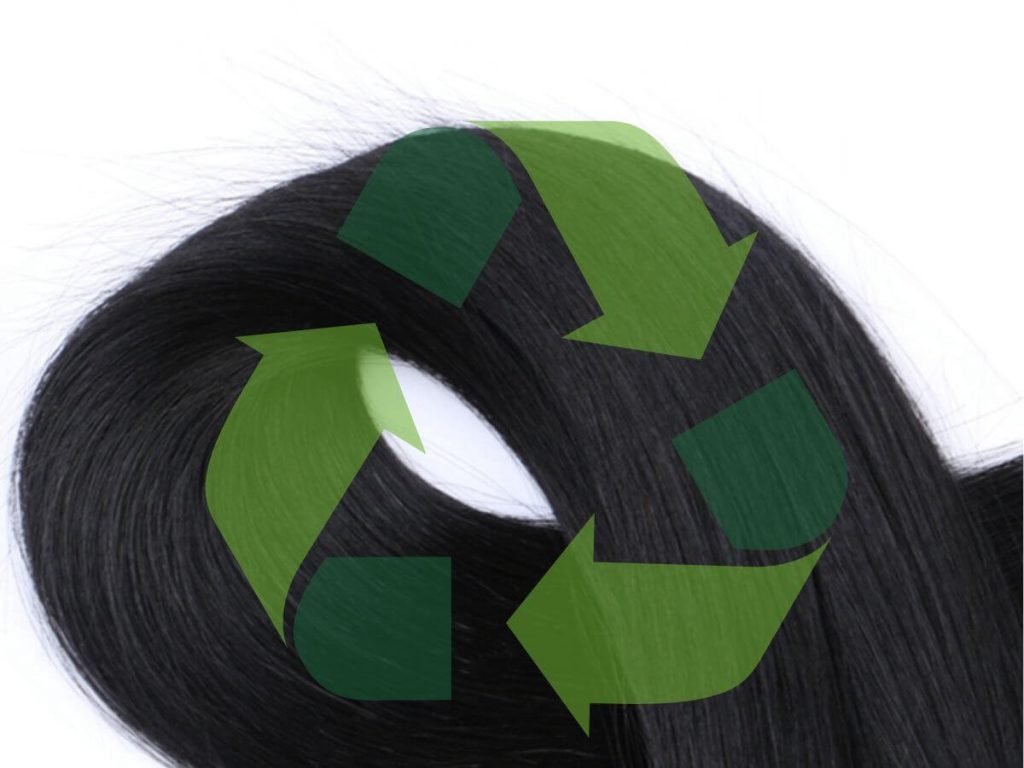
7. Green Supply Chain and Carbon Reduction
Finally, sustainability isn’t just about the product itself; it’s about how it gets to us. A greener supply chain means reducing carbon emissions in every step, from transportation to production. When I started looking into the supply chain of hair extensions, I was shocked at how many miles a single shipment could travel before reaching its final destination. Each step leaves a carbon footprint, and it quickly adds up.
Switching to Renewable Energy Lowers Impact
Many manufacturers are transitioning to solar, wind, or hydropower to reduce their carbon footprint. I’ve worked with suppliers who have started using solar-powered factories, and the shift has made a noticeable difference in their overall sustainability efforts.
Electric or Biofuel-Powered Transportation Cuts Emissions
Shipping and logistics contribute significantly to emissions. Some businesses are now investing in electric delivery vehicles or biofuel alternatives. I’ve seen firsthand how some suppliers are reducing emissions by prioritizing sea freight over air freight, cutting their carbon footprint dramatically.
Optimizing Logistics Improves Efficiency
By consolidating shipments, reducing unnecessary packaging, and improving transportation routes, companies can lower emissions and increase efficiency. I’ve started working with suppliers that plan their deliveries more strategically, grouping shipments to avoid half-empty containers and unnecessary trips. It’s a simple change, but one that has real environmental and cost-saving benefits.

Conclusion
We’ve covered a lot—ethical sourcing, sustainable processing, recycling programs, and reducing carbon footprints. But here’s the bottom line: the industry is changing. Customers care. Suppliers are adapting. If you want to stay ahead, you need to take action.
I’ve made changes in my own business, and I can tell you—it’s worth it. Better products. Stronger customer loyalty. A brand that stands for something.
What’s one thing you can change today? Start there.
Need help figuring it out? Contact us today, and let’s build a sustainable future together.
Explore More of Our Resources
There’s more to explore! Check out our additional product selections to find exactly what you’re looking for:
Still haven’t found what you’re looking for? Don’t hesitate to contact us. We’re available around the clock to assist you.


